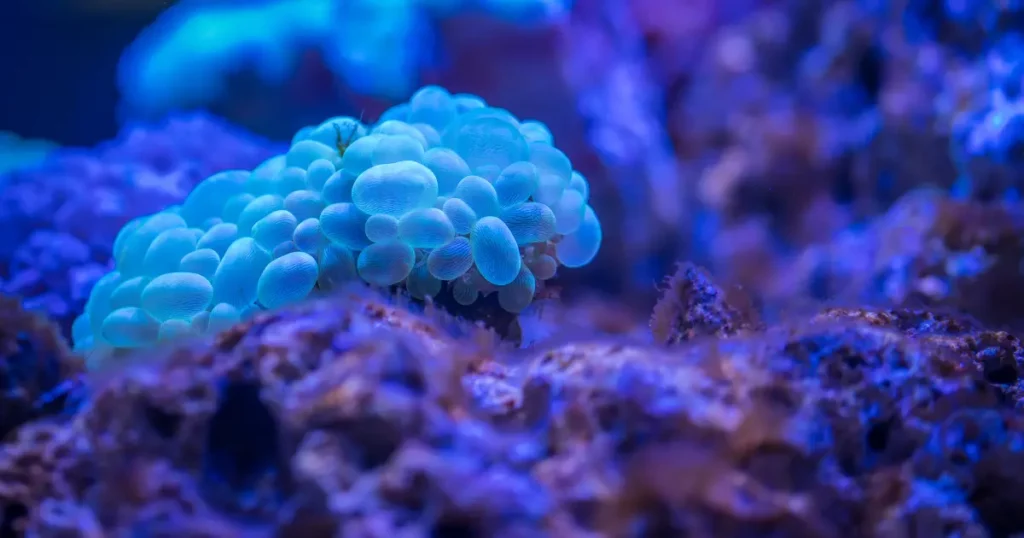Our Multi-Arm PEG Products 4-Arm PEG-X/Y Bifunctional 4-Arm PEG reagents have two functional groups X/Y…

What Are Phospholipids?
Phospholipids are an essential class of molecules that play a pivotal role in the structure and function of biological membranes. These versatile compounds are integral to the formation of cell membranes, ensuring the integrity and functionality of cells.
In this blog, we delve into the world of phospholipids, exploring their structure, functions, and significance in cellular biology.

Table of Contents
What Are PEGylated Phospholipids?
PEGylated phospholipids are phospholipids that are functionalized with one or more PEG polymers. Typically the PEG is conjugated to the polar head of lipids, extending the polar domain and offering the possibility to install functionality away from the core lipid bilayer.
Structure of Phospholipids
As described by Dai, Pang, and Tang, “phospholipids are major membrane lipids that consist of lipid bilayers. This basic cellular structure acts as a barrier to protect the cell against various environmental insults and more importantly, enables multiple cellular processes to occur in subcellular compartments.”[1]
Phospholipids are composed of a hydrophilic (water-attracting) head and two hydrophobic (water-repelling) tails. This unique structure is often referred to as an amphipathic molecule, as it contains both hydrophilic and hydrophobic regions. The hydrophilic head is typically composed of a phosphate group and a glycerol molecule, while the hydrophobic tails consist of fatty acid chains.
The orientation of phospholipids in a biological membrane is such that the hydrophilic heads face outward toward the aqueous environment, while the hydrophobic tails cluster together in the interior of the membrane. This arrangement forms a lipid bilayer, the fundamental structural component of cell membranes.
Functions of Phospholipids
In their role in the structure of a cell membrane, phospholipids serve a few functions.
1. Cell Membrane Structure
Phospholipids are the primary building blocks of cell membranes. The lipid bilayer they form acts as a selective barrier that separates the cell’s internal environment from the external surroundings. This separation is essential for maintaining cellular integrity and regulating the passage of molecules in and out of the cell.
2. Membrane Fluidity
The composition of phospholipids influences the fluidity of the cell membrane. Saturated fatty acid chains in the tails make the membrane less fluid and more rigid, while unsaturated fatty acids increase fluidity due to kinks in their structure. Cells can modulate membrane fluidity by altering the types of phospholipids they synthesize.
3. Cell Signaling
Phospholipids are involved in cell signaling processes. For instance, phosphatidylinositol phosphates (PIPs) serve as precursors for secondary messengers, such as inositol trisphosphate (IP3) and diacylglycerol (DAG), which play key roles in signal transduction pathways.
4. Transport Across Membranes
Some phospholipids, like phosphatidylcholine, contribute to the formation of transport proteins that facilitate the movement of ions and molecules across membranes. These proteins are crucial for nutrient uptake and waste elimination.
5. Energy Storage
Phospholipids also serve as a reservoir for energy. When needed, cells can break down the fatty acid tails through a process called beta-oxidation to generate ATP, the cell’s primary energy currency.
6. Cell Pathophysiology
On top of their structural role in membranes, phospholipids are becoming more known as regulators of many metabolic processes, like cell pathophysiology.
Bargui, Solgadi, and Prost expand upon this:
“In particular, characterizing the mechanisms by which [phospholipids] modulate the endoplasmic reticulum and mitochondria functions could contribute to a better understanding of the pathophysiology of inherited or acquired myopathies. Thanks to the development of a new generation of advanced lipid analysis technologies, phospholipidomics can now help elucidate the importance of [phospholipids] in muscle function. Comprehensive [phospholipids] profiling is necessary for the discovery of diagnostic biomarkers and new therapeutic targets, as well as for the development of personalized therapeutic approaches to treat or slow the progression of muscle pathologies.” [2]
Significance of Phospholipids in Cellular Biology
Understanding phospholipids is central to comprehending the basic principles of cellular biology. These molecules determine the structural integrity and functionality of cell membranes, which are vital for maintaining cell homeostasis, protecting the cell’s contents, and regulating communication with the external environment.
Additionally, phospholipids are implicated in various diseases and medical conditions, such as lipid metabolism disorders and neurodegenerative diseases, making them a target for pharmaceutical research and drug development.
Final Word: What Are Phospholipids?
Phospholipids are fundamental to the architecture and function of biological membranes. Their amphipathic nature allows them to create the lipid bilayers that encase cells and organelles, ensuring the separation and organization of cellular components. As our understanding of phospholipids continues to deepen, so does our appreciation for their crucial role in the intricate world of cellular biology.
Creative PEGWorks specializes in the innovation, production, and distribution of advanced functional polymer products. Our primary focus involves the manufacturing of derivatives and reagents of polyethylene glycol, polysaccharides, and polyamino acids, catering to the research needs of universities, federal laboratories, as well as biotechnology and pharmaceutical companies. Contact us today for more on PEGylated phospholipids, or Amphiphilic, surfactant-like PEGs, or buy PEG Lipids products online from the leading PEGylation Reagent supplier.
References
- Dai Y, Tang H and Pang S (2021) The Crucial Roles of Phospholipids in Aging and Lifespan Regulation. Front. Physiol. 12:775648. doi: 10.3389/fphys.2021.775648
- Bargui R, Solgadi A, Prost B, et al. Phospholipids: Identification and Implication in Muscle Pathophysiology. Int J Mol Sci. 2021;22(15):8176. Published 2021 Jul 30. doi:10.3390/ijms22158176
Related Posts
- Bifunctional Multi-Arm PEG Products
- Biodegradable PEG Dendrimers
Creative PEGWorks is now offering a series of PEG Dendrimers with biodegradable building blocks. Dendrimers…
- Fluorescent or Radioactive PEG-like Nanoprobes
Researchers from the Massachusetts General Hospital and Harvard Medical School developed the novel, "PEG-like Nanoprobes,’’…
